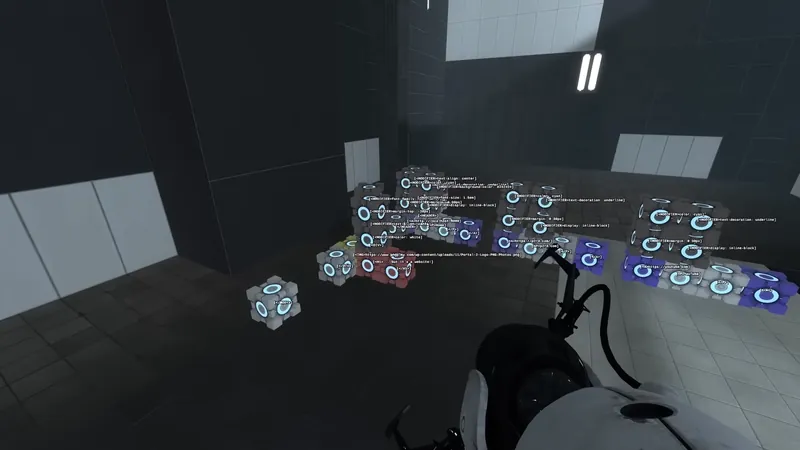
Unbelievable! Gamer Hosts a Web Server Inside Portal 2 – And It Actually Works!
2025-09-21
Author: Rajesh
When you think of gaming and web servers, the two worlds seem miles apart. Yet, YouTuber PortalRunner has pulled off an astonishing feat by hosting a fully functional web server within the iconic game Portal 2, using in-game actions to control it!
The Ingenious Science Behind the Source Engine
The Source engine, crafted by Valve, is a powerhouse that has fueled timeless classics like Half-Life 2 and even modified versions in games like Titanfall. With two decades of development, it's brimming with unique commands. One notable find by PortalRunner is the -netconport command, which enables a remote server console in Portal 2—allowing access through something like Telnet!
TCP vs. UDP: The Game-Changing Difference
Understanding the difference between TCP and UDP is crucial here. TCP is responsible for delivering HTTP data, vital for website functionality, while UDP is used for real-time gameplay data. With PortalRunner's command, however, text can be transmitted through the game's console, revealing HTTP headers to the game without processing them—yet!
Transforming HTTP Requests into Game Commands
PortalRunner’s brilliance shines as they utilize "alias" commands to generate necessary web page responses. This technique, rooted in multiplayer Source games for advanced controls, allows specific game commands to connect with expected HTTP responses using VScript—a scripting language within the Source engine.
A Simple Web Page Is Born!
Despite the challenges of TCP packet delivery, PortalRunner ingeniously sends a Content-Length header to ensure the web page renders properly without shutting down the game. Voila! A basic web page emerges, operated entirely from a Portal 2 server.
Limitless Possibilities with Portal 2's Web Server
While this might not be the most practical use case, it's incredibly entertaining and uncovers fascinating potentials within the Source engine. By leveraging VScript, PortalRunner can track and display map names, entity positions, and even create a live-updating minimap that shows real-time player movements and surroundings—all hosted seamlessly on a gaming platform!
Crafting Web Pages with In-Game Elements
PortalRunner goes further by ingeniously constructing a functional web page using in-game cube entities. By linking HTML tags with these cubes, they position them within the game world to visually recreate a web page. An ambitious attempt to replicate the DuckDuckGo homepage showcases the creativity at play, albeit with some limitations in styling.
In a world where creativity knows no bounds, PortalRunner's experiment serves as a brilliant reminder that innovation can often be found in the most unexpected places!



 Brasil (PT)
Brasil (PT)
 Canada (EN)
Canada (EN)
 Chile (ES)
Chile (ES)
 Česko (CS)
Česko (CS)
 대한민국 (KO)
대한민국 (KO)
 España (ES)
España (ES)
 France (FR)
France (FR)
 Hong Kong (EN)
Hong Kong (EN)
 Italia (IT)
Italia (IT)
 日本 (JA)
日本 (JA)
 Magyarország (HU)
Magyarország (HU)
 Norge (NO)
Norge (NO)
 Polska (PL)
Polska (PL)
 Schweiz (DE)
Schweiz (DE)
 Singapore (EN)
Singapore (EN)
 Sverige (SV)
Sverige (SV)
 Suomi (FI)
Suomi (FI)
 Türkiye (TR)
Türkiye (TR)
 الإمارات العربية المتحدة (AR)
الإمارات العربية المتحدة (AR)